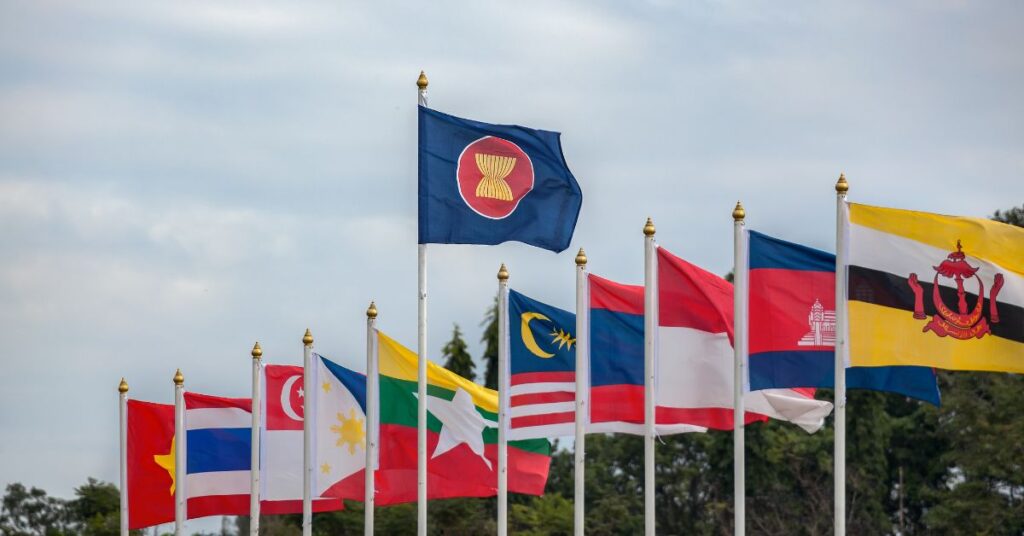Amid the evolving global trade landscape, the US-Mexico-Canada Agreement (USMCA) emerged as a significant development that replaced the North American Free Trade Agreement (NAFTA) in 2020. This article delves into the possible ramifications of the USMCA on trade relations with the Association of Southeast Asian Nations (ASEAN) and explores the potential challenges and opportunities for the region.
USMCA, often dubbed NAFTA 2.0, is designed to create more balanced trade between the three North American countries, incorporating provisions for digital trade, environmental standards, and labor rights. As the United States diversifies its supply chains to reduce reliance on China, ASEAN stands to benefit from increased investment and trade with North America. However, the USMCA could also exert a competitive pressure on ASEAN countries, given its emphasis on regional content requirements and strict labor provisions.
There are several aspects of the USMCA that could influence ASEAN trade relations. First, the agreement’s provisions on digital trade could inspire similar provisions in future trade agreements with ASEAN countries (Ciuriak & Xiao, 2020). As the digital economy continues to expand, especially amid the COVID-19 pandemic, ASEAN countries need to adapt their trade policies to remain competitive in the digital era.
Second, the USMCA’s emphasis on environmental standards and labor rights presents both challenges and opportunities for ASEAN (Villarreal & Fergusson, 2019). While adhering to higher environmental and labor standards may require reforms and additional costs for ASEAN countries, it could also improve their competitiveness by attracting more environmentally and socially conscious investors.
Third, the USMCA’s regional content requirements, particularly in the automotive sector, could alter global value chains, potentially affecting ASEAN countries’ participation in these chains (Ciuriak & Xiao, 2020). The stricter rules of origin may lead to the reshoring of production to North America, but could also create opportunities for ASEAN countries to attract investment in specific industries where they have a comparative advantage.
In conclusion, the USMCA’s impact on ASEAN trade relations is multifaceted, presenting both challenges and opportunities for the region. As the global trade landscape continues to evolve, it is essential for ASEAN countries to adapt to these changes and capitalize on new opportunities in order to maintain their competitiveness in the international market.
References:
Ciuriak, D., & Xiao, J. (2020). The Impact of the USMCA on Global Value Chains. Journal of International Economic Law, 23(3), 691-716.
Villarreal, M. A., & Fergusson, I. F. (2019). The United States-Mexico-Canada Agreement (USMCA). Congressional Research Service.
Fergusson, I. F., & Villarreal, M. A. (2018). NAFTA Renegotiation and the Proposed United States-Mexico-Canada Agreement (USMCA). Congressional Research Service.
Lim, H., & Cheong, I. (2019). Impact of Mega-FTAs on Trade in ASEAN+6 Countries: A General Equilibrium Analysis. Journal of Asian Economics, 60, 58-70.
Plummer, M. G. (2020). The USMCA and Asia: Pathways to Economic Integration. Asian Economic Policy Review, 15(1), 52-67.











